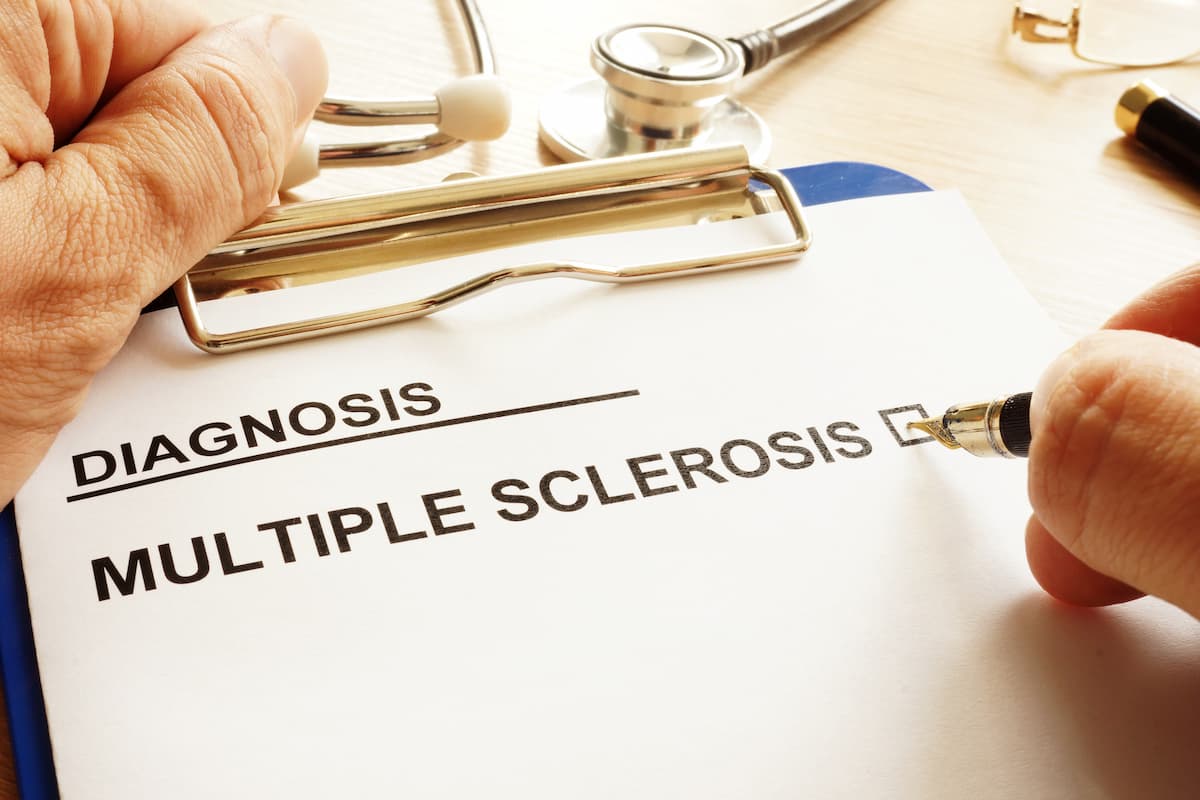Article
Epigenetic Regulation of HLA Region Increases Risk of Multiple Sclerosis
Author(s):
A new study conducted at the Karolinska Institutet in Sweden has discovered an epigenetic regulatory mechanism of the human leukocyte antigen (HLA) region of the DNA, which can lead to an increased risk of multiple sclerosis.
A new study conducted at the Karolinska Institutet in Sweden has discovered an epigenetic regulatory mechanism of the human leukocyte antigen (HLA) region of the DNA, which can lead to an increased risk of multiple sclerosis (MS). This discovery can carve a path for the development of targeted therapeutic strategies for MS.
Patients suffering from MS, a disease associated with inflammation-related demyelination of nervous tissue, can experience symptoms including numbness in arms and legs, visual impairment and dizziness, fatigue, and depression. While the HLA region has been a known source of numerous diseases, including immune-related conditions, identifying a specific gene—disease association remains an ongoing process.
For the study published in Nature Communications, the researchers evaluated epigenetic changes, namely DNA methylation patterns, and its impact on genetic variation and gene expression in patients with MS. The study combined molecular analyses of patient samples with meta-analyses, which integrated data from several studies to include about 14,000 patients with MS and a control group of more than 170,000 healthy individuals.
DNA methylation analysis in monocyte samples from 36 patients with MS resulted in the discovery of 2 differentially methylated regions (DMRs) that are associated with MS—matched control samples were used as comparators. Both DMRs, the authors wrote, mapped to the HLA-DRB1 gene; further, individuals who were carriers of the DRB1*15:01 allele, which heightens the risk of developing MS, had lower methylation at HLA-DRB1 if they were homozygous carriers, compared with heterozygous carriers and noncarriers.
“We show for the first time that epigenetic mechanisms can cause the disease. In addition, we can connect this mechanism to the genetic variant with the strongest risk for developing MS,” senior study author Maja Jagodic, PhD, researcher at the Department of Clinical Neuroscience at Karolinska Institutet, said in a statement.
Additionally, the researchers conducted a large-scale association analysis to investigate whether methylation-mediated single nuclear polymorphisms (SNPs) confer a risk of MS, independent of the DRB1*15:01 haplotype. Using 8172 cases and 13,263 controls from Scandinavia, the study found that a majority of the methylation-mediated SNPs, except 3, had “limited association with MS after conditioning on DRB1*15:01, suggesting that they confer risk from DRB1*15:01.”
Follow-up on the novel variants with additional MS case-control cohorts from Iceland, Sweden, and Germany resulted in the identification of rs9267649, which displayed a genome-wide association with MS and had a protective effect in all cohorts. This gene variant reduces the expression of HLA-DRB1 via the same epigenetic mechanism, thereby reducing the risk of developing MS.
These findings provide new insights into the molecular mechanisms of MS susceptibility and suggest alternative therapeutic strategies based on modulating HLA-DRB1 levels, the authors conclude.
Reference
Kular L, Liu Y, Ruhrmann S, et al. DNA methylation as a mediator of HLA-DRB1*15:01 and a protective variant in multiple sclerosis. Nat Commun. 2018;9(1):2397. doi: 10.1038/s41467-018-04732-5.





